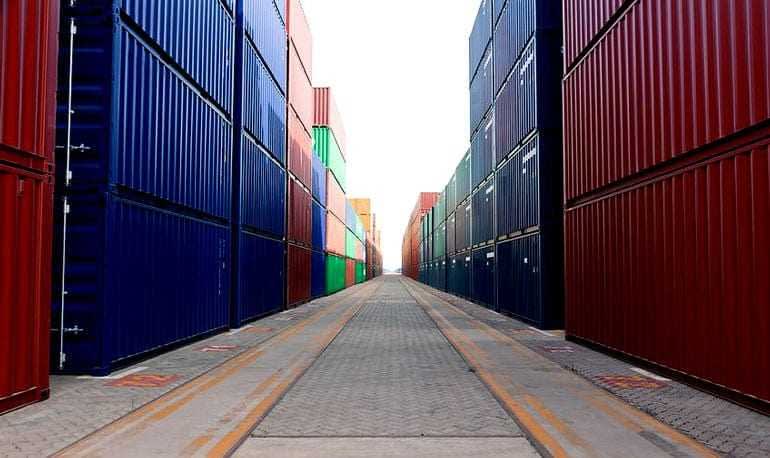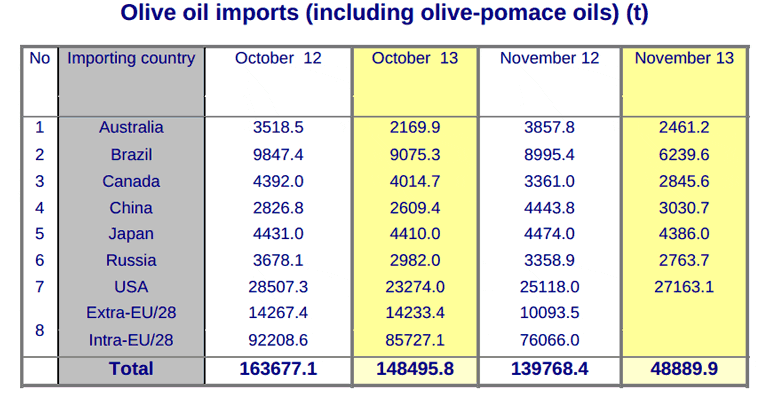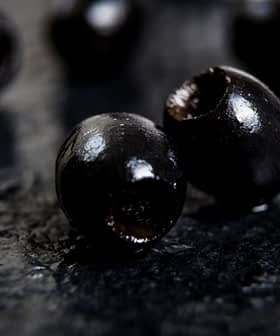
Dismal trade data marks the start of the 2013/14 olive oil season with imports down in all the major markets, according to the International Olive Council.
The numbers for the first two months of the new crop year — last October and November — show that compared to the same months the previous year, imports of olive oil and olive pomace oil were down 37 percent in Australia, 22 percent in China, 19 percent in Brazil, 18 percent in Russia, 12 percent in Canada, 6 percent in the United States — the world’s biggest olive oil market — and 1 percent in Japan.
The IOC said in its January newsletter, published today, it presumed the data reflected “the drop in production in 2012/13 because it was too early in October and November for new season olive oil to be produced and exported. It is important to wait and see what the December 2013 figures have to say,” it said.
EU data was available for October only and showed a fall of 7 percent in intra-EU acquisitions and no change in extra-EU imports.
In its December newsletter the IOC had reported the first full-year figures for the 2012/13 crop year — October 2012 to September 2013 — which revealed imports of olive oil and olive pomace oil had dropped 10 percent in Australia, 8 percent in China and 6 percent in the U.S. but risen 18 percent in Japan, 8 percent in Russia and 5 percent in Brazil on the previous season.
World olive oil production fell to 2.4 million tons in 2012/13 — largely due to drought in Spain — down from 3.3 million tons the previous season. The IOC’s forecast for the current season is just under 3.1 million tons.

IOC queries low ex-mill prices in Spain
In its summary of producer prices, the IOC said in recent months producer prices for extra virgin olive oil had been on the decline in Spain. After dropping to €1.97/kg in the second week of January, they picked up slightly in the next two weeks, reaching €2.06/kg by the end of the month, but despite this recovery, “prices were still 31 percent lower than the same time a year earlier.”
“At first glance, this trend appears to mirror the recovery in the level of Spain’s production but it does not seem to take into account the lower output in Greece and Tunisia, both of which compete with Italy for Spanish oil. It will be remembered that prices had started to decrease in April 2013 and gathered downward momentum in September 2013, perhaps as a reaction to the announcements of a good harvest in 2013/14,” it said.
Poor harvest in Greece favors prices in Italy
Meanwhile in Italy, prices fell until the beginning of last December, then started to rise, reaching €2.95/kg by the end of January, though still 31 percent lower than the same time a year earlier. “This price movement is probably linked to the harvest in Greece, which will be small and will not put pressure on prices on the Italian market,” the IOC said.
Producer prices in Greece have been holding steady at €2.46/kg since the middle of last December, up by 2 percent on the same period of the preceding season. “In all probability, this level ties in with the lower level of Greek production for 2013/14. It should be noted that in September 2013, prices held at €2.50/kg for three consecutive weeks, probably already reflecting the expected drop in production in 2013/ 14,” the newsletter said.
Table olives
Imports in October and November 2013, the first two months of the new table olive season, rose 2 percent in the U.S. but fell 7 percent in Russia, 5 percent each in Canada and Brazil, and 1 percent in Australia. The EU data for November was not available but that for October showed intra-EU acquisitions down 14 percent and imports from non-EU countries 5 percent.








